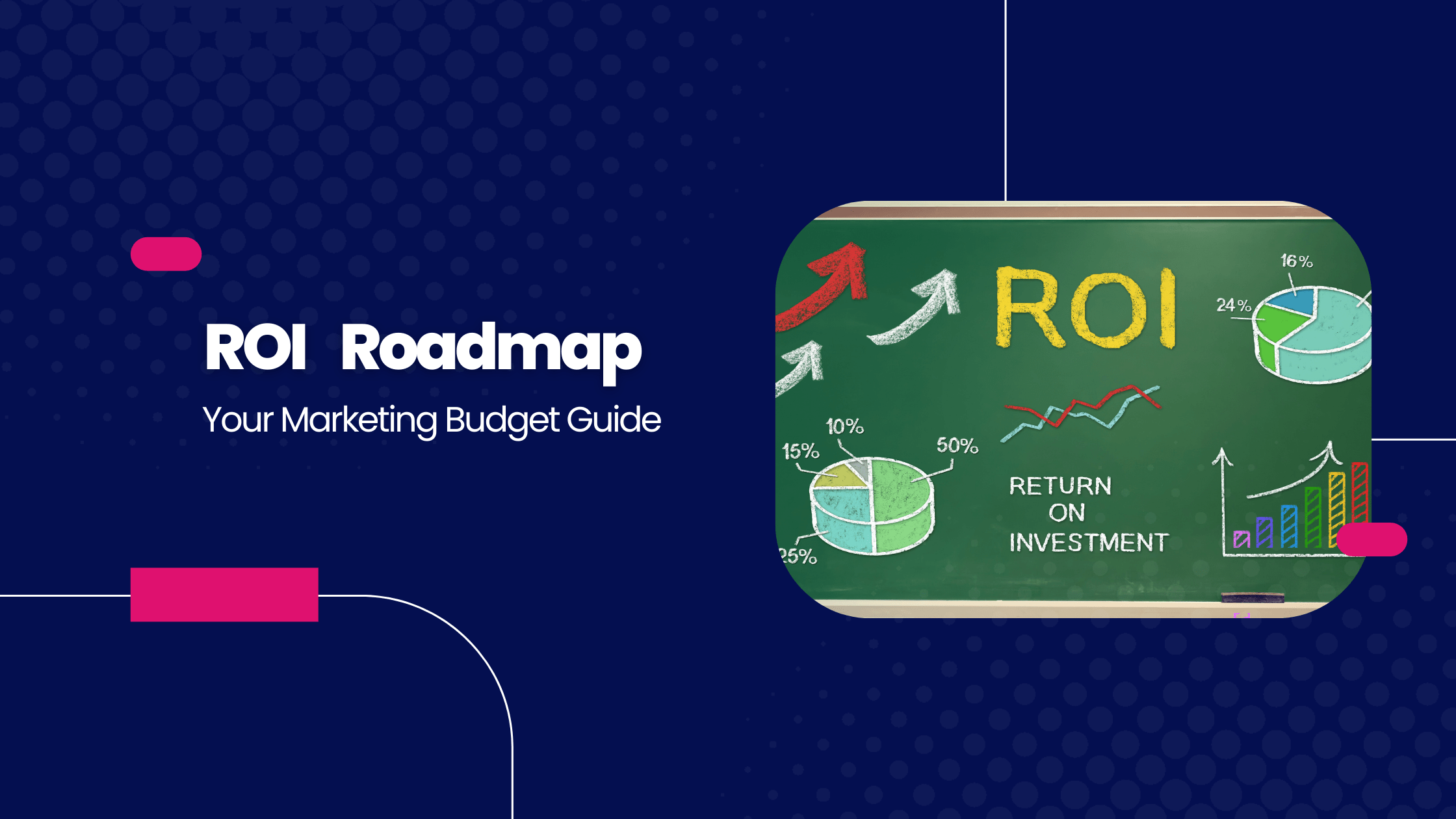In the ever-evolving landscape of digital marketing, relying solely on organic search engine optimization might not be enough for your dental practice to thrive. To attract new patients and foster practice growth, adopting a holistic approach that includes Pay-Per-Click (PPC) advertising for dentists is essential. A well-executed dental PPC campaign can be a powerful tool, but it demands a strategic mindset and a wealth of knowledge. Let’s delve into the key strategies to maximize the effectiveness, Optimize Google Ads and ensure the best return on investment.

1. Embrace Your Uniqueness (Identify Your USP)
Setting up a dental PPC campaign requires more than just choosing keywords. It starts with identifying your Unique Selling Proposition (USP) – the factors that set your practice apart. Consider what makes your practice more appealing than competitors. Incorporate these unique benefits into your ad copy and messaging, then optimize Google Ads. For instance, showcase aspects like:
- 150+ 5-Star Reviews
- Weekend & Evening Appointments
- No Insurance? No Problem
- Same-Day Appointments
2. Organize Your Ad Account Effectively
Maintaining a well-organized Google Ads campaign is paramount, and we cannot emphasize this enough. A structured account not only reduces the time spent on management but also enhances tracking, reporting, and the success of experimental initiatives. It even contributes to lower cost-per-click bids and Optimize Google Ads. Begin by focusing on these four key areas within your account:
- Time efficiency in managing your account
- Improved tracking and reporting of results
- Low-risk, high-reward experimental campaigns
- Lower cost-per-click bids
Start by organizing your account in these four critical areas:
- Campaign Type: Separate search and display campaign types for easier management.
- Networks: Explore the potential of Search Partners. While effective for specific campaigns like dental implants, their performance may vary. Initiate a campaign with this feature enabled and regularly assess the data disparity between Google Search and the Search Partners Network. Utilize the Segment > Network (with search partners) filter for this comparison.
- Device Options: Conduct tests to identify the performance of different devices (desktop, mobile, tablet). Adjust your strategy based on the findings to optimize campaign outcomes.
- Bid Strategy: Leverage automated bid strategies to significantly reduce management time in Google Ads, often yielding superior results. However, proper configuration of your account and campaigns is crucial for the algorithm to efficiently optimize your efforts. For those new to Google Ads, consider implementing the Enhanced Bidding (eCPC) strategy. This approach automates bid adjustments, favoring keywords more likely to convert while minimizing bids on less-converting keywords.
3. Target the Right Keywords
Effective keyword research is crucial for the success of your PPC campaign. Two essential tips for keyword selection:
- Location-Based Keywords: Tailor keywords to your geographic location.
- Localized Niche Keywords: Focus on specific services within your dental practice.
Additional tips include organizing keywords into different ad groups and identifying negative keywords to refine your audience targeting.
4. Utilize Ad Extensions for Maximum Impact
Dental PPC ads come with character limits, making concise communication a challenge. Leverage ad extensions to provide additional relevant information:
- Phone number
- Address (linked to Google Maps)
- Links to specific pages
- Google reviews rating
- Special offers callouts
5. Optimize Ads for Phone Calls

While driving leads to your website is crucial, phone calls are cost-free. Make it easy for potential patients to call without clicking:
- Recognize the cost-saving potential of phone calls over ad clicks.
- Schedule Call Extensions to operate only during office hours, preventing calls when the office is closed.
- Implement dynamic call tracking or leverage the free Google Forward number feature to connect phone calls with specific Google Ads campaigns.
6. Create Effective Landing Pages
Every ad should lead to a landing page designed specifically for that ad. Ensure a smooth transition and a logical flow from ad to landing page to prevent user confusion. Tailor landing pages to match the ad’s content, whether it’s about teeth cleaning services or a new patient special.
7. Always Test, Track, and Adapt

Testing is a crucial element of a successful PPC strategy. Continuously track key performance indicators:
- Number of clicks
- Conversion rates
- Cost per click
- Form submissions
- Driving directions
- Phone calls
- Keyword rankings
By analyzing this data, you can make informed adjustments to enhance the effectiveness of your PPC efforts.
In Conclusion
PPC for dentists isn’t a one-and-done strategy. It requires ongoing attention, testing, and adaptation. If managing PPC campaigns isn’t feasible for your practice, consider partnering with professionals who specialize in creating successful campaigns for dental practices. At Deedar Technologies we excel in crafting PPC strategies that attract ideal patients while keeping costs low and returns high.
Request a consultation to explore how we can elevate your dental practice’s online presence and growth.
Also Check : Understanding Local SEO: How to Dominate Your Area as a Dentist



